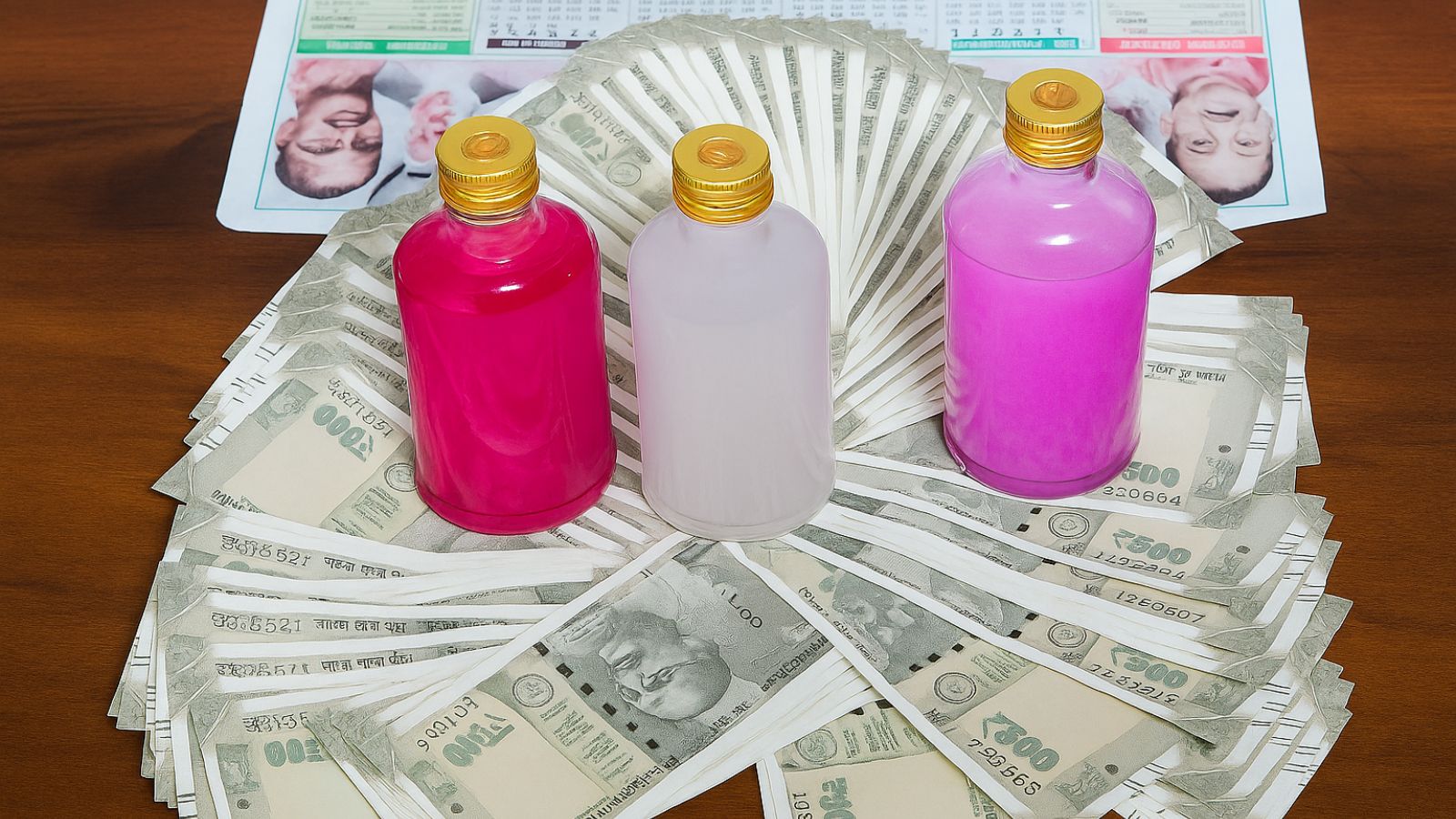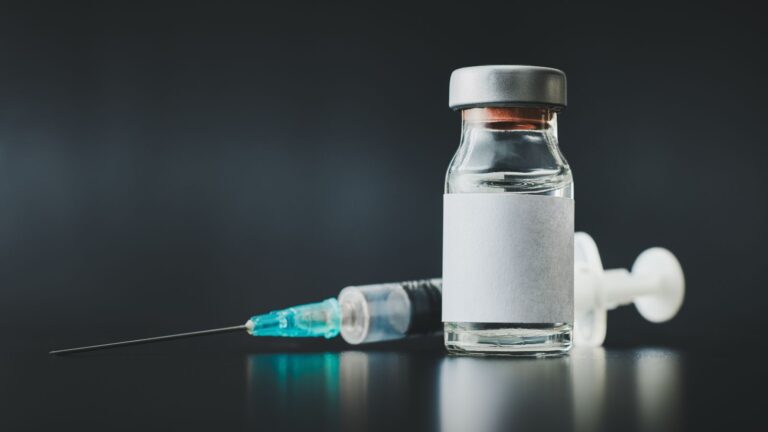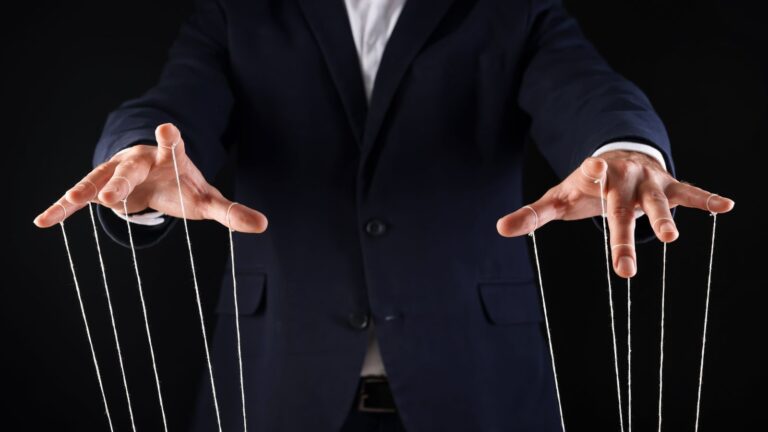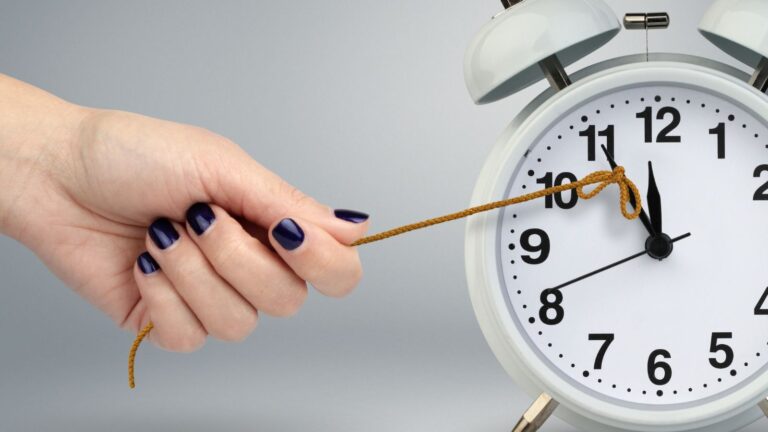The pink-colored bottles seen in Anti-Corruption Bureau (ACB) traps may look ordinary, but they play a crucial role in scientifically proving bribery.
Before a raid, the ACB dusts the marked currency notes with phenolphthalein powder, an invisible compound. When the suspect handles the notes, traces of the powder stick to their skin. During the operation, each hand is dipped separately into bottles containing a mild alkaline solution, such as sodium carbonate. Phenolphthalein reacts with the alkaline solution to turn pink, confirming that the tainted money was touched.
Because most people handle notes with the right hand, that bottle often develops a deeper pink, while the left hand may show a lighter shade or none at all. A third bottle is used to test the pocket or envelope where the notes were stored. These bottles are then sealed, labeled, and produced in court as scientific evidence.
- Bottle 1: Right hand wash
- Bottle 2: Left hand wash
- Bottle 3: Pocket/envelope wash
The ACB team documents the entire procedure. The officers preparing the trap wear gloves to prevent accidental transfer of powder. Though the chemicals used are safe for brief skin contact, suspects are asked to wash hands after the procedure to avoid irritation.



